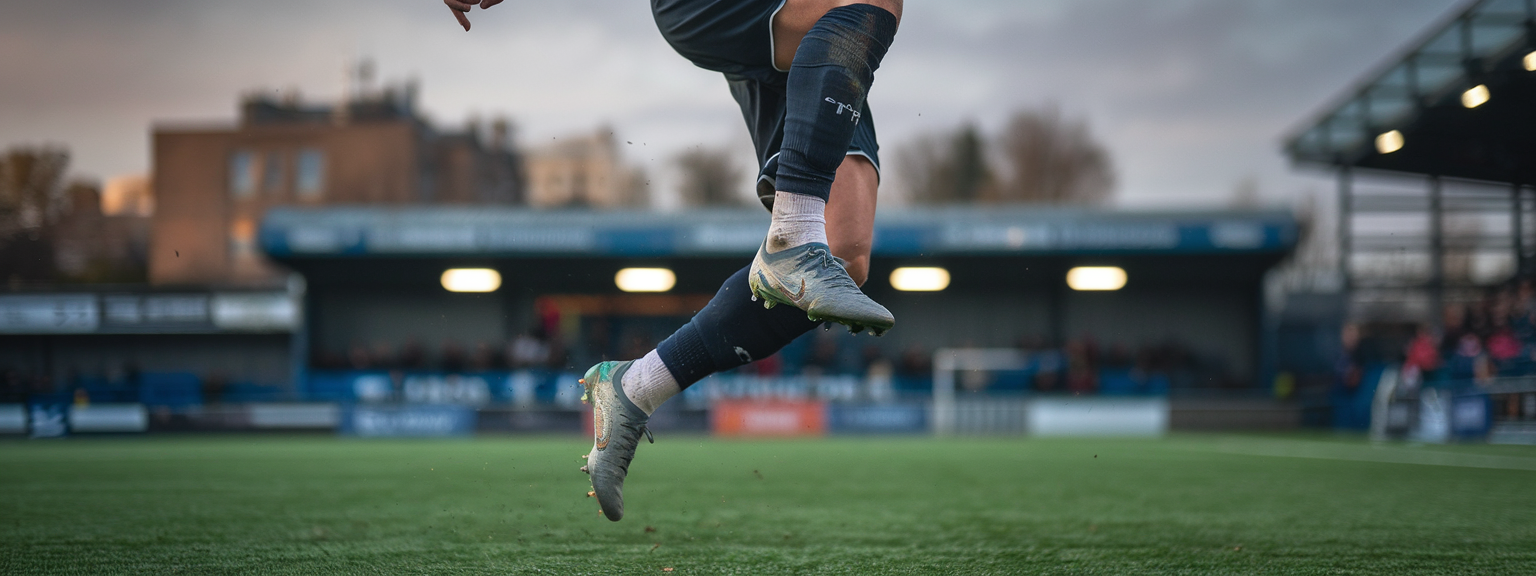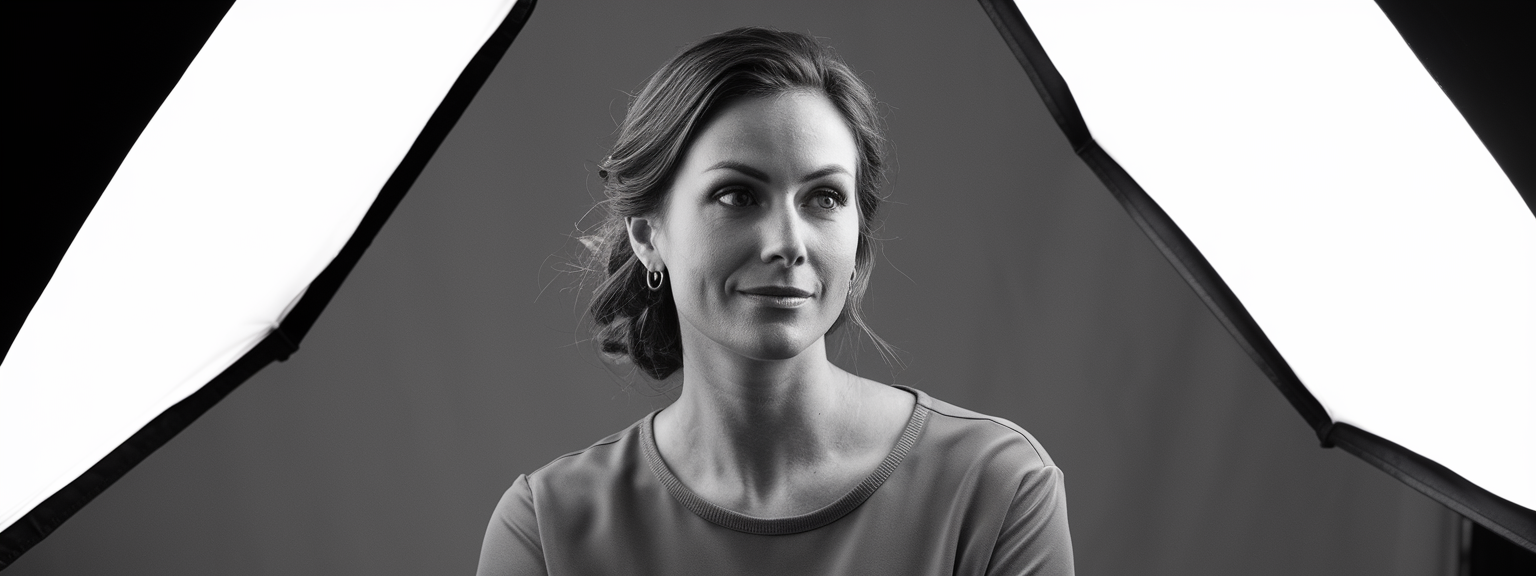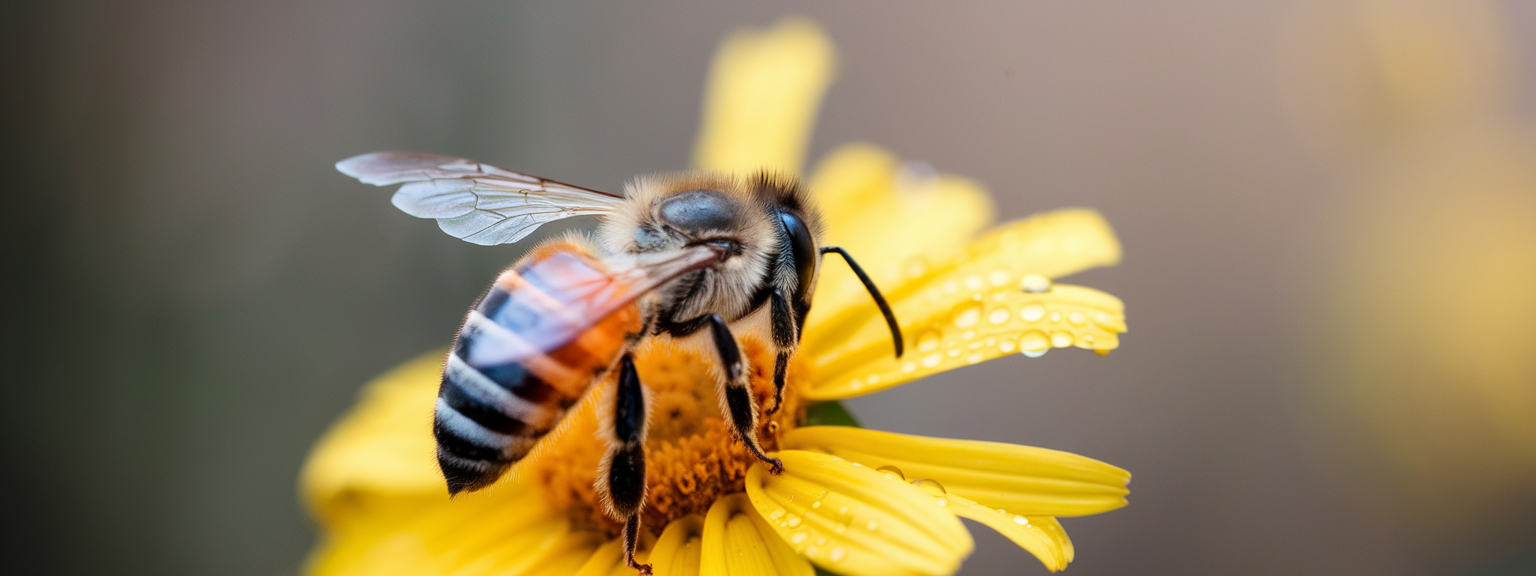Capturing Breathtaking Landscapes: Techniques and Tips

In the exciting world of photography, mastering the art of Capturing Breathtaking Landscapes is essential for both enthusiasts and professionals. Whether you are passionate about Landscape Photography, Outdoor Photography, or simply capturing Scenic Views, this detailed guide will walk you through expert camera techniques, practical composition strategies, and post-processing tips that are vital for creating unforgettable nature images.
📝 Step-by-Step Guide: Capturing Breathtaking Landscapes
Pre-Planning and Location Scouting
Effective Landscape Photography begins with thorough pre-planning and location scouting. Research your destination using tools such as Google Earth, Instagram, and local travel blogs. Identify natural elements like mountains, lakes, and rivers that add depth and contrast to your images. Additionally, plan your capture during the golden hour or blue hour to experience optimal natural lighting.
- Study weather forecasts to predict lighting conditions.
- Scout locations for unique foreground and backdrop elements.
- Determine the best times to capture the interplay of light and shadow.
Equipment Selection
Choosing the right gear is crucial for Capturing Breathtaking Landscapes. Professionals often prefer DSLRs or mirrorless cameras paired with wide-angle lenses to emphasize scale and perspective.
- DSLR or mirrorless camera bodies.
- Wide-angle and ultra-wide-angle lenses for expansive views.
- A sturdy tripod to stabilize your shots during long exposures.
- Essential filters like polarizers and ND filters to manage glare and light intensity.
Camera Settings & Techniques
Experiment with your camera’s settings to achieve optimal results. Use a small aperture (f/8 to f/16) to ensure a deep depth-of-field and a low ISO to reduce noise. Adjust your shutter speed for creative motion effects, whether you want to freeze dynamic scenes or capture a smooth, silky waterfall.
- Set your camera to manual mode for full control.
- Utilize bracketing techniques to merge exposures in post-processing.
- Shoot in RAW to retain detailed image information.
Composition Techniques
A balanced composition is at the heart of Capturing Breathtaking Landscapes. Employ classic techniques such as the rule of thirds, incorporate leading lines, and make sure to include prominent foreground elements to create visual depth.
- Apply the rule of thirds to position key elements.
- Use natural lines like pathways or rivers to guide the viewer’s eye.
- Balance your shot by integrating foreground interest, midground, and background details.
Post-Processing
Post-processing is indispensable for refining your captures. Software like Adobe Lightroom or Photoshop will enable you to adjust brightness, contrast, and saturation while preserving the natural ambiance of your scene. HDR techniques can reveal details in both the shadows and highlights.
- Correct exposure imbalances using histogram data.
- Merge bracketed exposures to obtain a balanced image.
- Enhance texture and colors without over-processing.
📌 Practical Applications: Capturing Breathtaking Landscapes
Outdoor Photography & Adventure Travel
Landscape Photography techniques are widely applied in capturing not only scenic vistas but also dynamic travel experiences. Photographers often document the diverse beauty of national parks, remote landscapes, and vibrant outdoor adventures. These techniques enable you to combine nature photography with environmental storytelling, making each image a vivid narrative of your journey.
- Plan trips that cover multiple scenic hotspots within a region.
- Incorporate local elements to highlight seasonal changes and natural phenomena.
- Use your images for travel magazines, social media, or conservation projects.
Nature Documentation & Conservation
Capturing Breathtaking Landscapes also plays a crucial role in environmental conservation and scientific documentation. High-quality images can highlight the effects of climate change, showcase endangered habitats, and serve as powerful advocacy tools.
By integrating these methods in your Outdoor Photography and Travel Photography projects, you elevate Capturing Breathtaking Landscapes to a level where every photograph tells a compelling visual story.
💡 Tips & Tricks: Capturing Breathtaking Landscapes
Lighting Mastery
Leverage natural lighting, especially during the golden and blue hours, to bring warmth or cool moods to your images. Use backlighting to produce stunning silhouettes and explore how cloud cover can diffuse harsh sunlight for a balanced exposure.
Dynamic Composition
Innovative composition is fundamental. Employ techniques such as framing, focus stacking, and using negative space to create captivating and layered images that draw the viewer into the scene.
Advanced Camera Techniques
Experiment with advanced settings like long exposures for capturing smooth water flow or star trails. Shooting in RAW ensures that you retain every detail, which is crucial for post-processing adjustments. Combining varying exposures can produce stunning HDR images that highlight both shadows and bright areas.
Equipment Maintenance & Adaptability
Regularly maintain your gear to avoid any disruptions during your shoot. Carry backup batteries, extra memory cards, and protective covers to adapt quickly to unforeseen weather changes.
📸 Sample Scenario
A Day in the Life of a Landscape Photographer
Imagine setting out early in the morning to capture the changing hues of a secluded national park known for its vibrant fall colors and sweeping mountain panoramas. With the goal of Capturing Breathtaking Landscapes, you begin by scouting the perfect viewpoint overlooking a valley replete with autumn foliage and a meandering river.
- Start with thorough research and careful location planning.
- Utilize your tripod and a wide-angle lens during golden hour to capture the soft, diffused light.
- Experiment with bracketing techniques, adjusting shutter speeds to create both crisp and silky water effects.
- Conclude your day by post-processing the RAW images, balancing dynamic range and refining composition.
This detailed scenario not only emphasizes technical skill but also underlines the importance of adaptability, creative composition, and strategic planning when Capturing Breathtaking Landscapes.
✅ Key Do’s for Effective Usage
- Do invest time in research and location scouting prior to your shoot.
- Do use a tripod to stabilize your shots during low-light conditions or long exposures.
- Do shoot in RAW format to capture all the details required for post-processing.
- Do implement compositional techniques like the rule of thirds and leading lines to enhance visual storytelling.
- Do adapt to the natural lighting available—utilize the golden hour and blue hour to your advantage.
- Do maintain your equipment and always carry backups to ensure uninterrupted shooting.
- Do incorporate local environmental elements to tell a unique story through each image.
❌ Common Mistakes to Avoid
- Avoid over-relying on post-processing to fix a poorly captured image.
- Do not neglect foreground elements, as they add essential depth to your landscape composition.
- Rushing through your shot may result in missed opportunities—patience is key.
- Steer clear of improper exposure settings which can lead to overexposed or underexposed images.
- Prevent poor composition by not overcrowding the frame—ensure balance and clarity.
- Refrain from forgoing the use of a tripod especially when shooting during challenging lighting conditions.
- Avoid ignoring sudden changes in weather, which can significantly affect the outcome of your images.
🔄 Troubleshooting & FAQs
Q1: What can I do if my Capturing Breathtaking Landscapes images appear too dark or too bright?
Begin by checking your camera’s histogram for any exposure imbalance. Adjust your ISO, aperture, and shutter speed accordingly, or consider shooting in HDR mode to merge exposures.
Q2: How do I ensure sharp focus in both the foreground and background?
Use a smaller aperture (f/8 to f/16) to increase depth-of-field. Additionally, techniques like focus stacking can help maintain clarity throughout the image.
Q3: Which lighting is preferable for landscape shots—the golden hour or the blue hour?
Both lighting conditions offer unique benefits. The golden hour delivers warmer hues and softer light, while the blue hour provides a cooler, more dramatic ambiance.
Q4: What are my best practices for shooting in variable weather conditions?
Always be prepared with protective gear for your equipment, such as rain covers, and scout multiple locations. Adapt your camera settings as conditions change to avoid overexposure or underexposure.
Q5: Is expensive gear necessary for Capturing Breathtaking Landscapes?
Not at all. While professional equipment can offer enhanced image quality, understanding composition, mastering lighting, and employing creative camera techniques are far more impactful.
🖼️ Bringing It All Together
In conclusion, Capturing Breathtaking Landscapes is a meticulous blend of technical expertise, creative vision, and thorough planning. Every step counts—from scouting and pre-planning to post-processing and creative composition. By applying the techniques covered in this guide, you can elevate your Landscape Photography, Outdoor Photography, and overall nature photography to new heights. Embrace each challenge as an opportunity, refine your Camera Techniques, and let your creativity flourish with every shot.
By integrating the discussed strategies and staying dedicated to continuous improvement, you will soon develop a portfolio that not only highlights the splendor of nature but also tells a powerful story of adventure and conservation.

![[Stunning Images Editing Workflow] [Photographer editing a vibrant landscape on a monitor, demonstrating techniques for stunning images]](https://lenslesson.com/wp-content/uploads/2025/12/advanced-stunning-images-editing-workflow.png)
![[sports-photography-action-shot] [Photographer using a telephoto lens to capture a fast break at a basketball game — Sports Photography]](https://lenslesson.com/wp-content/uploads/2025/12/sports-photography-action-shot-telephoto-basketball.png)
![[Travel photography sunrise capture] [Photographer capturing sunrise landscape during a travel photography trip with a mirrorless camera]](https://lenslesson.com/wp-content/uploads/2025/12/travel-photography-sunrise-shot-essentials.png)
![[Photo Tips Sharper Shots] [Close-up of a photographer adjusting camera settings - Photo Tips for sharper shots]](https://lenslesson.com/wp-content/uploads/2025/12/photo-tips-better-photos-smartphone-composition.png)
![[Urban Street Photography Moment] [Photographer capturing a candid moment on a busy city sidewalk — street photography scene]](https://lenslesson.com/wp-content/uploads/2025/12/street-photography-candid-urban-moment.png)



